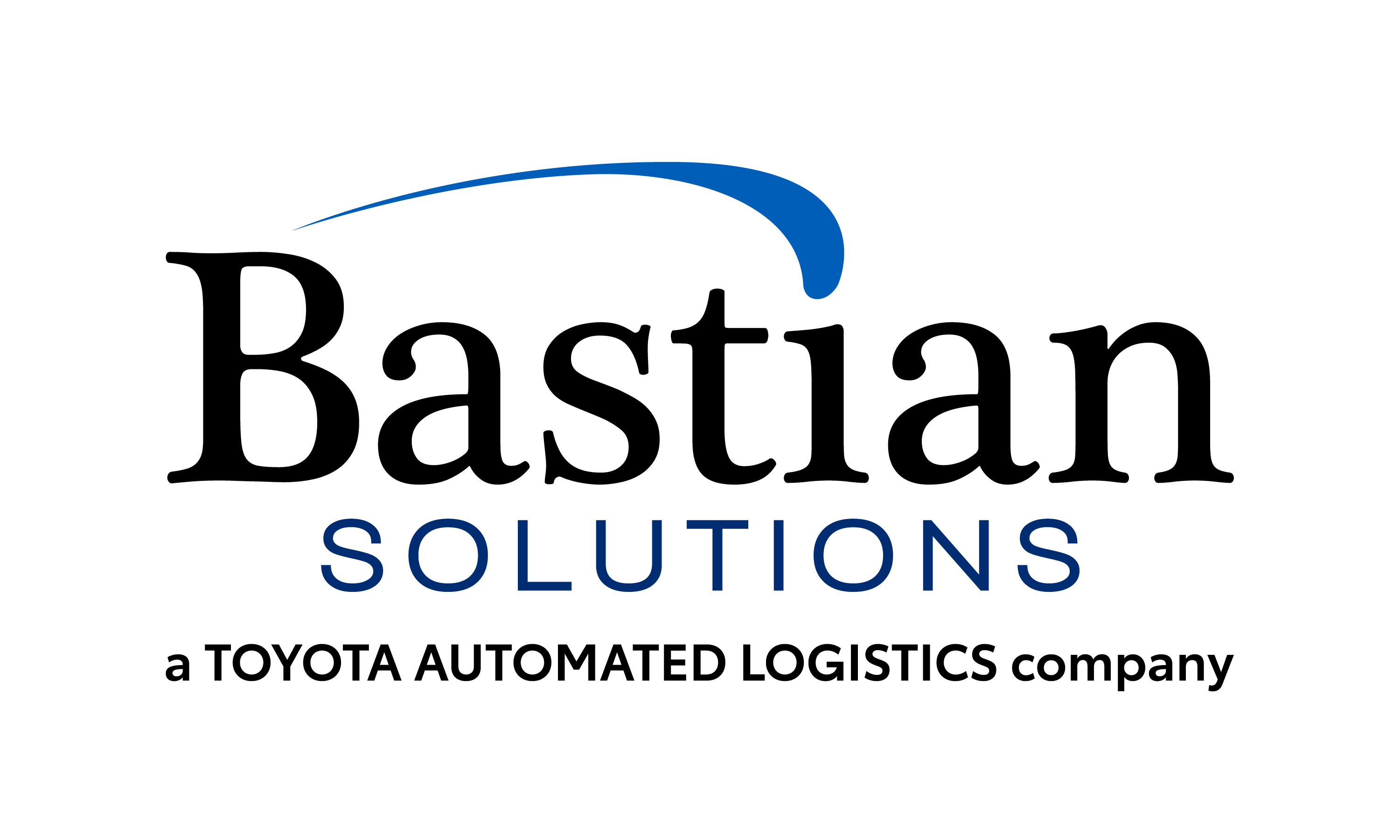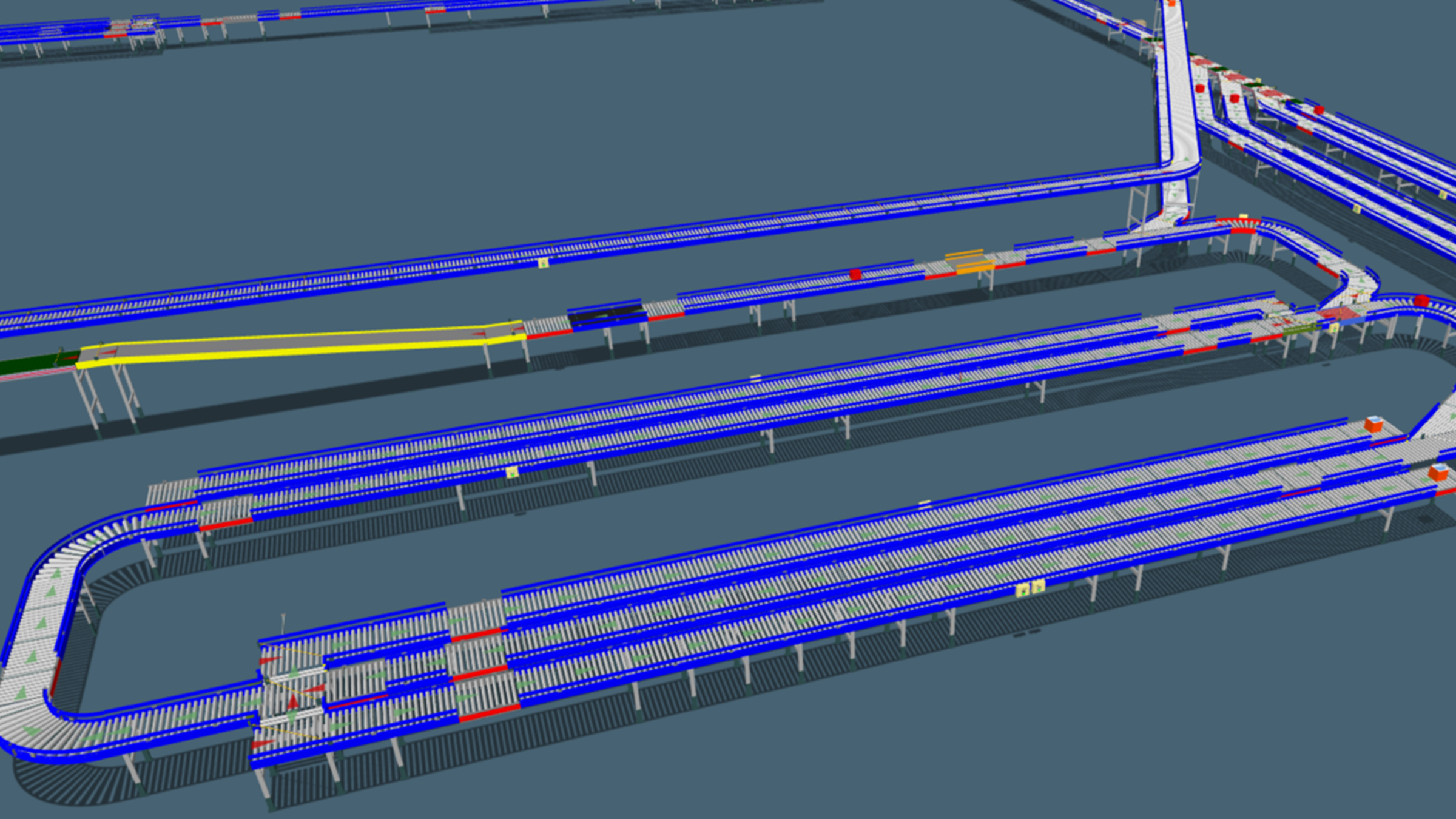
As a systems integrator, Bastian Solutions seeks out leading technologies in both material handling equipment and information systems coupled with proven operational strategies. Our experts combine the powers of scalable material handling systems, innovative software and custom automation engineering for complete, unique solutions. Our goal is to use these tools to help companies, across a broad spectrum of industry segments, become leaders in their industries.
- Manual processes
- Human error
- Operational inefficiencies
- Excessive operator movement
- Workforce availability
- Automated conveyor and pick module system
- Programmable logic controllers
- I/O modules
- Sensors
- Variable frequency drives
- Emulate3D™
- FactoryTalk® Logix Echo Controller Emulation
- Troubleshoot mechanical and control system issues pre-installation
- Reduced overall project time by 18%
- Reduced commissioning by five weeks
- Reduced client time to market
While the recent boom in new warehouse construction has slowed somewhat, the use of warehouse automation is expected to continue to grow over the next five years. Today, only about 20% of warehouses and distribution centers have implemented automation equipment and technologies. Many industry experts consider warehousing and distribution to be the next great opportunity for companies to use digital transformation to gain a competitive edge.
Challenge
Manual processes lead to errors and inefficiencies
“Many of the warehouses where we’re working don’t have much automation. Typically, these companies use manual processes prone to human error and inefficiencies,” said Cameron McGugan, a controls engineer with Bastian Solutions. “Automation enables warehouses to operate more efficiently and effectively by streamlining processes, optimizing inventory management, and enhancing accuracy and speed.”
Bastian Solutions designs and delivers world-class material handling systems that help improve warehousing, distribution, and manufacturing operations. They serve various industries, including retail and apparel.
In 2023, they were engaged by a high-end global fashion brand to implement a new warehouse system for a 300,000 square-foot distribution center in the southern United States. The facility was built in the early 2000s and expanded several years later.
“Previously they had traditional racking with individuals picking products and placing them in carts. This setup meant a lot of traveling with people going through each rack for every pick,” McGugan explained. “Our client wanted to reduce inefficiencies in the system and add a conveyor that reduced the need for operator movement.”
Solution
Test system model with emulation
The client envisioned a system with a series of pick modules, which are versatile rack structures used to store inventory and pick items for order fulfillment.
“We designed it so that the pick modules come off the conveyor,” McGugan said. “Boxes move down the line and then get transferred into a side lane where an operator takes the box, goes through the racking, places the needed items into the box and then puts the box back on the line to ship out.”
The system includes Allen‑Bradley® programmable logic controllers, I/O modules, photoelectric and proximity sensors, and variable frequency drives.
Bastian also used Rockwell Automation Emulate3D™ digital twin software to test the system before it was installed and went live. A digital twin is more than a visual model. It’s a dynamic representation of a machine or system that behaves and responds to conditions as it would in a real-world operation.
Resolve issues before on-site installation
“We’ve been using Emulate3D™ digital twin software for about three years. It allows us to fully vet our code before we arrive on site,” McGugan said. “Many times, projects can be delayed due to supplier challenges or mechanical or electrical installation problems. With emulation, we can fine tune system programming and resolve issues pre-installation, which reduces risk and speeds up commissioning.”
As a long-time member of the Rockwell Automation PartnerNetwork™, Bastian is a leader in using innovative technologies to solve customer needs.
“We emulated the entire project by mapping everything directly to the raw I/O within the model,” McGugan explained. “With emulation, we can check our full program – input mapping, output mapping and all logic within it. We were able to test our code and troubleshoot issues in depth before the go live date.”
Result
Reduce commissioning time, installation costs, and time to market
One of the issues Bastian was able to uncover and resolve was a mechanical tolerance problem.
“There was an area where if slightly bigger boxes were used, it could have caused a mechanical jam,” McGugan said. “With Emulate3D’s physics engine, we were able to find the place where that could happen and correct the issue by moving that one section over a couple of feet.”
Overall, by using emulation technology, Bastian reduced its total project time by 18%, including reducing onsite commissioning by about five weeks. For their client, that time saved meant less project and installation costs and reduced time to market. As such, Bastian is in discussions with the client about assisting with automation needs at additional warehouse locations.
Emulation as a standard practice
“It was nice to see some real-world benefits of being able to pull off site early and providing a higher-quality product with fewer issues because we tested the model upfront with Emulate3D,” McGugan said. “After the success of this project, we want to emulate future projects. We’ve ramped up our emulation teams so we can get models out the door quicker and provide more time for model testing.”
To make it easier for those teams to use Emulate3D, Rockwell Automation is working with Bastian to create a catalog of standard and reusable building blocks within the software.
Published August 28, 2024


